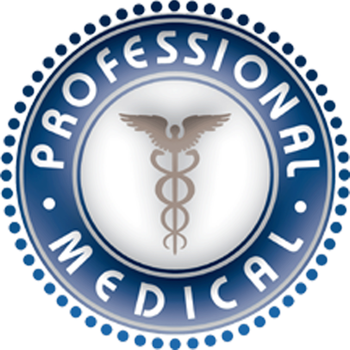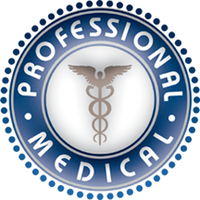Heart Healthy Diet: 7 Steps to Prevent Heart Disease
 Ready to start your heart-healthy diet? Here are seven tips to get you started.
Ready to start your heart-healthy diet? Here are seven tips to get you started.
Although you might know eating certain foods can increase your heart disease risk, it’s often tough to change your eating habits. Whether you have years of unhealthy eating under your belt or you simply want to fine-tune your diet, here are seven heart-healthy diet tips. Once you know which foods to eat more of and which foods to limit, you’ll be on your way toward a heart-healthy diet.
1. Limit unhealthy fats and cholesterol.
Of the possible changes, limiting how much saturated and trans fat you eat is the most important step you can take to reduce your blood cholesterol and lower your risk of coronary artery disease. A high blood cholesterol level can lead to a buildup of plaques in your arteries, called atherosclerosis, which can increase your risk of heart attack and stroke.
The American Heart Association offers these guidelines for how much fat and cholesterol to include in a heart-healthy diet:
Type of fat Recommendation
Saturated fat Less than 7 percent of your total daily calories
Trans fat Less than 1 percent of your total daily calories
Cholesterol Less than 300 milligrams a day for healthy adults; less than 200 milligrams a day for adults with high levels of low-density lipoprotein (LDL), or “bad,” cholesterol or those who are taking cholesterol-lowering medication
The best way to reduce saturated and trans fats in your diet is to limit the amount of solid fats — butter, margarine and shortening — you add to food when cooking and serving. Use low-fat substitutions when possible for a heart-healthy diet. For example, top your baked potato with salsa or low-fat yogurt rather than butter, or use low-sugar fruit spread on your toast instead of margarine. You may also want to check the food labels of some cookies, crackers and chips. Many of these snacks — even those labeled “reduced fat” — may be made with oils containing trans fats. One clue that a food has some trans fat in it is the phrase “partially hydrogenated” in the ingredient list.
When you do use fats, choose monounsaturated fats, such as olive oil or canola oil. Polyunsaturated fats, found in nuts and seeds, also are good choices for a heart-healthy diet. When used in place of saturated fat, monounsaturated and polyunsaturated fats may help lower your total blood cholesterol. But moderation is essential. All types of fat are high in calories.
If you’re not sure which fats or oils to use when cooking or baking, use this guide:
Choose
Olive oil
Canola oil
Margarine labeled “trans fat-free”
Cholesterol-lowering margarine, such as Benecol, Promise activ or Smart Balance
Avoid
Butter
Lard
Bacon
Gravy
Cream sauce
Nondairy creamers
Hydrogenated margarine and shortening
Cocoa butter, found in chocolate
Coconut, palm, cottonseed and palm-kernel oils
2. Choose low-fat protein sources.
Lean meat, poultry and fish, low-fat dairy products and egg whites or egg substitutes are some of your best sources of protein. But be careful to choose lower fat options, such as skim milk rather than whole milk and skinless chicken breasts rather than fried chicken patties.
Fish is another good alternative to high-fat meats. Some types of fish — such as cod, tuna and halibut generally have less total fat, saturated fat and cholesterol than do meat and poultry. And certain types of fish are heart healthy because they’re rich in omega-3 fatty acids, which can lower blood fats called triglycerides and may reduce your risk of sudden cardiac death. You’ll find the highest amounts of omega-3 fatty acids in cold-water fish, such as salmon, mackerel and herring. Other sources are flaxseed, walnuts, soybeans and canola oil.
Legumes — beans, peas and lentils — also are good sources of protein and contain less fat and no cholesterol, making them good substitutes for meat. Substituting soy protein for animal protein — for example, a soy burger for a hamburger — will reduce your fat and cholesterol intake.
To help you decide which high-protein foods are best, use this guide:
Choose
Skim or low-fat (1 percent) milk
Fat-free or low-fat dairy products, such as yogurt and cheese
Egg whites or egg substitutes
Fish, especially fatty, cold-water fish, such as salmon
Skinless poultry
Legumes
Soybeans and soy products, for example, soy burgers
Lean ground meats
Avoid
Full-fat milk and other dairy products
Organ meats, such as liver
Egg yolks
Fatty and marbled meats
Spareribs
Cold cuts
Frankfurters, hot dogs and sausages
Bacon
Fried, breaded or canned meats
To continue reading the other 5 steps CLICK HERE.
(Source: MayoClinic.com)
- Professional Medical














Comments 0